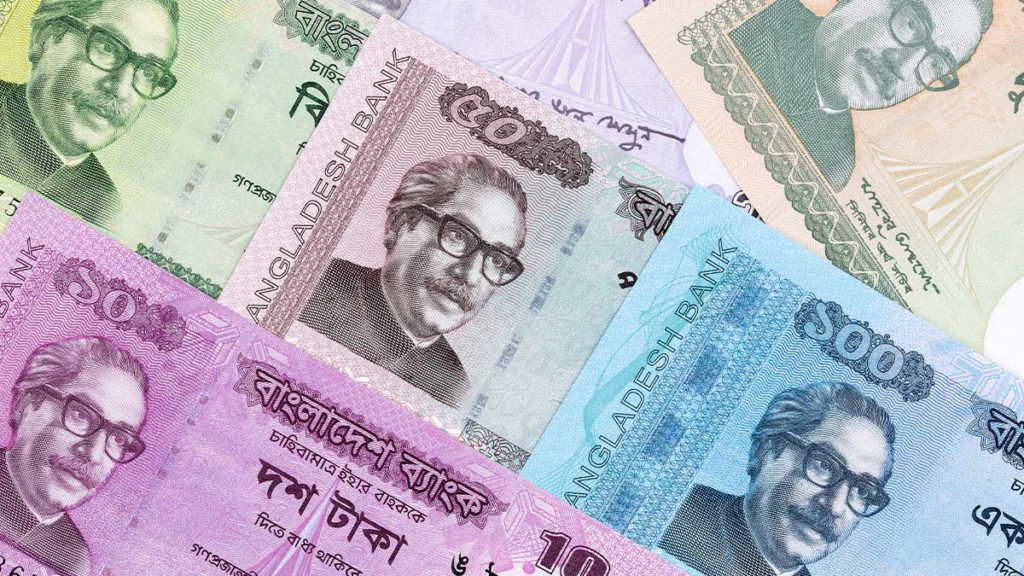Remittances dropped again in October, clocking $1.52 billion – down 7.4pc on the same month last year, according to the latest figures released by Bangladesh Bank.
Remittances had dropped year-on-year by 10.84pc to $1.54 billion in September – a 7-month low at the time. It means the October figure is now the lowest in 8 months.
Yet thanks to the strong showing in two months (July-August) of the current fiscal.
According to the latest data from the central bank, inward remittances totaled $7.19 billion in July-October of FY23, slightly edging the $7.05 billion received in the same period last year, by barely 2pc.
Bangladesh Bank spokesperson Md Abul Kalam Azad said in order to rise inflow, the central bank has increased the exchange rate of the US dollar offered on remittances.
That is on top of a 2.5pc hassle-free incentive already in place, while several banks also provide their own additional incentives to attract foreign exchange, Azad pointed out.
These however have failed to arrest the slide in remittances witnessed since September. Before that, remittances topped $2 billion in both July ($2.09 bn) and August ($2.03 bn).
Economists have been concerned that the unofficial or hundi channels may become more active in light of Bangladesh Bank’s September 12 decision to fix 3 different rates for the dollar – one each for remittances, exports, and imports. The October remittance figure will add to those concerns.
Ahsan H. Mansur of the Policy Research Institute, a leading think-tank, told that remittances are on the decline due to remitters getting better rates through the unofficial channels, whereas banks are unable to offer them more than the Bangladesh Bank-fixed Tk 107 for each dollar.
Dr. Mansur has been critical of the move to adopt three different rates for the dollar from the start and insisted on the need to return to a single interbank rate, instead of the multiple rates fixed by the central bank in cooperation with the Association of Bankers Bangladesh, and BAFEDA – the association of foreign exchange dealers.
He has always held it to be a misguided policy because it “discriminates against small remitters” – precisely the ones who would seem to be moving away from the official channels since September.
Now the noted economist does not expect to see a change for the better till remitters can be offered a more competitive exchange rate.
Even so, the central bank remains eager to induce remittances through official channels as it reels from the dollar crisis and the declining trend of forex reserves.
The reserve figure is now below $36 billion, according to Shapla Chattor’s own count, even as the IMF continues to insist, and most economists agree, that the globally accepted way of calculating reserves would subtract another $8 billion from that figure.
/NR

